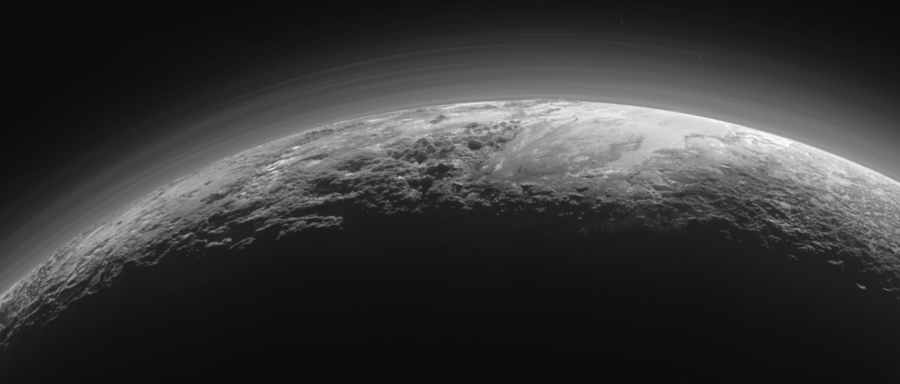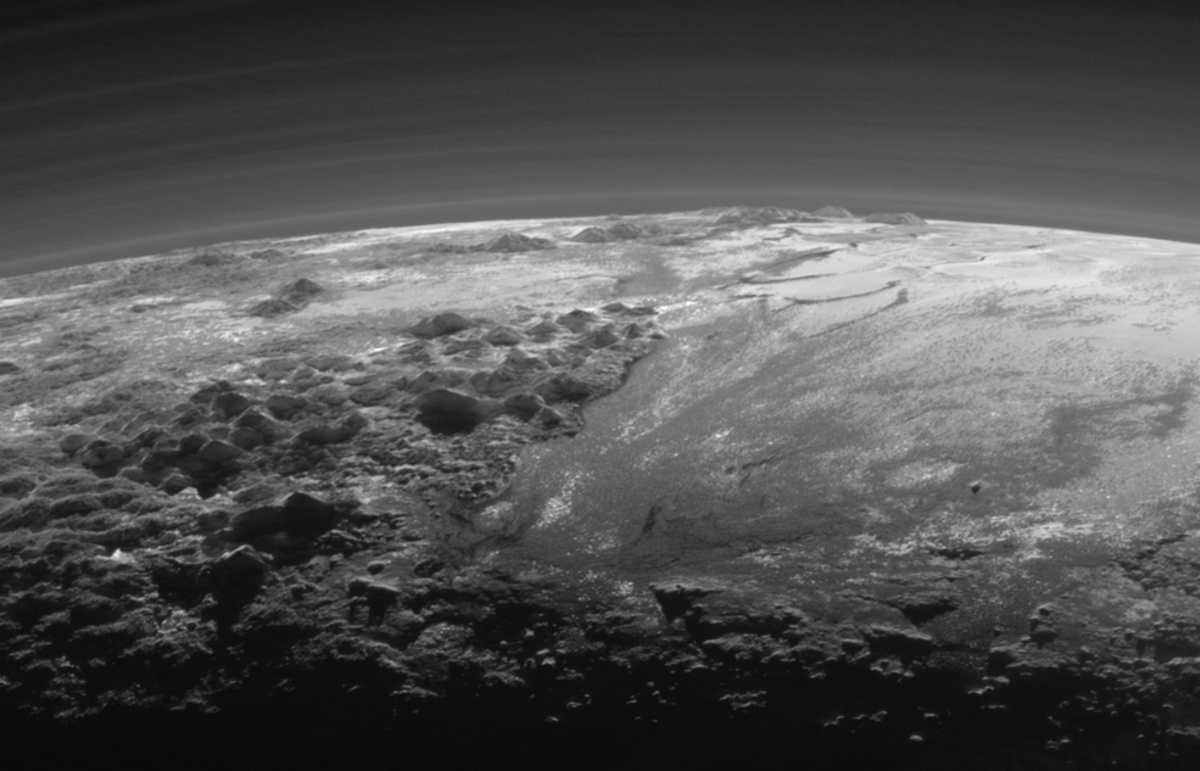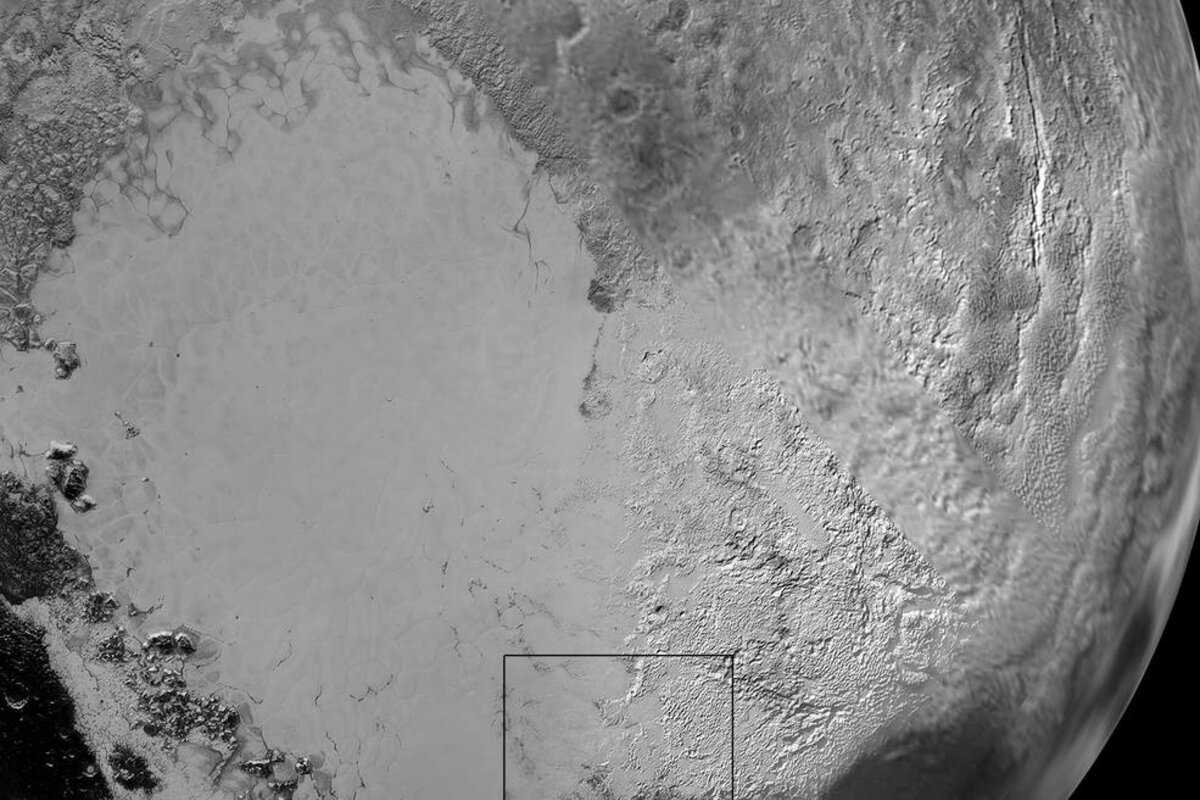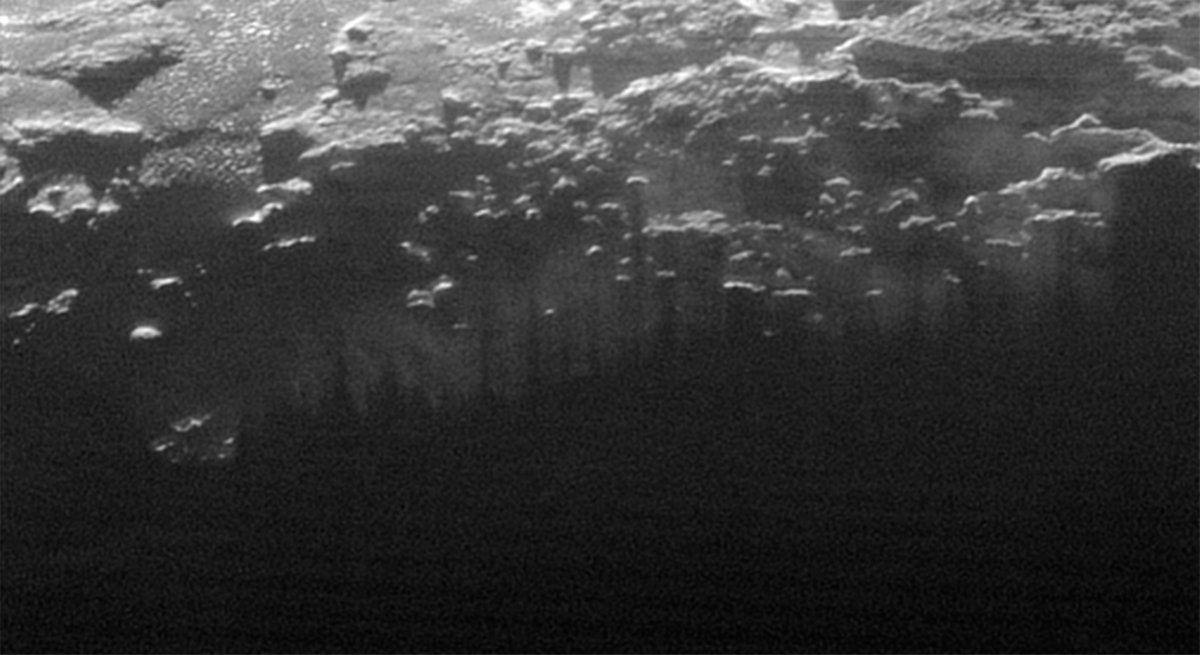New Pluto images suggest the dwarf planet is still evolving
Loading...
Even after being downgraded to a "dwarf planet" Pluto, the ninth planet in our solar system, continues to draw attention.
What we know about the planet, its atmosphere and Charon, its largest moon, is still evolving, as scientists release images taken from the New Horizons spacecraft, following its flyby of Pluto on July 14. New images from the the spacecraft released by NASA on Thursday reveal a landscape that is both familiarly rugged and somewhat otherworldly.
Here are a few of the latest images, already making good on the New Horizon team's promise that the "best data" is yet to come:
Pluto's geological evolution may be ongoing, as the Monitor's Pete Spotts reported. The agency has released several images of a smooth plain it is calling Sputnik Planum.
The images even show the planet's changing weather patterns:
Despite the promise shown by the New Horizons mission in chronicling Pluto's ongoing evolution, the agency is unsure whether it will extend the mission, saying it will have a decision by next year.








